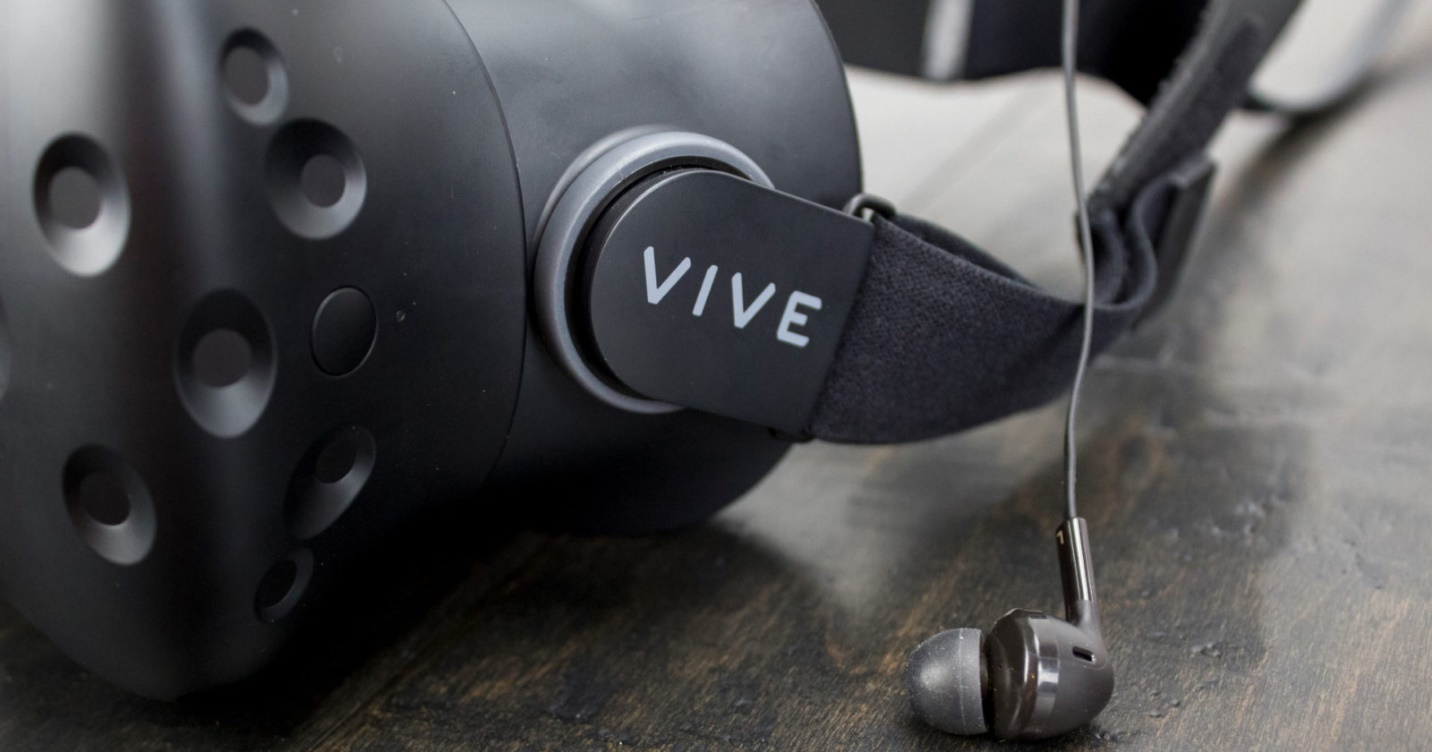Startup Quark VR creates a wireless version of the HTC Vive

Even at the dawn of the emergence of virtual reality glasses, the question of connecting and powering a multitude of devices that form the headset as a whole arose. Early prototypes scared a huge number of wires, of which, it seemed, you can weave cables.
Years of development have passed, but the situation has not changed: the user is still chained to a PC or other device through which modern BP headsets work, with a multitude of wires and cables. This is not only trivially inconvenient, but also imposes many restrictions on content developers. Usually the player can only turn his head and use the manipulators, instead of at least taking a few steps on his own.
')
BP technology has great potential, but now it is narrowing to a tiny point, within which a person’s participation is reduced to observing what is happening. The lack of cables - wireless headsets without loss of performance - could open a new book page called “interactive entertainment”, not to mention educational potential: what could be more exciting than photorealistic reconstruction of old buildings, cities or famous places for a walk for which only a spacious room and a VR headset will suffice?
Now the creators of VR headsets are fighting for the market and bringing an already existing product to the mind, for example, making the picture more realistic or optimizing the video stream so as to reduce the load on the computing power of the PC. Third-party developers are looking a little further, wanting to “free” the user from the captivity of numerous cables and unlock the full potential of the technology.
This is exactly the goal that the Bulgarian startup Quark VR has set itself - to make a VR headset wireless. HTC Vive was chosen as the development object - the result of the joint work of HTC and Valve.
Why vive? According to the story of the startup participants themselves , Valve was extremely interested in their initiative and the company's employees helped to design everything they could. Plus, it was this virtual reality helmet with its design and the presence of motion sensors that implied user activity in the room. It is only necessary to eliminate the main obstacle in the form of attachment to the PC.
We were incredibly excited about how open-minded the Valve guys were to work together to improve their great design!
And this is not surprising: in a constantly changing market and trends, Valve simply cannot afford to be inert in dealing with such issues. Yes, they occupy a dominant position in the market of cyber disciplines and digital distribution of games, but BP is a new direction for the company. It is a sound understanding that the future of the wireless headsets and the future determined the cooperation of a large company and startup.
In terms of communication between the headset and the computing side of the bike did not invent, and took as a basis the usual Wi-Fi. For wireless operation, a paired Wi-Fi module is used. One of them connects directly to the Vive, the other to the PC or other device responsible for the operation of the application.
Certain difficulties arose in eliminating the signal delay between the headset and the PC. Developers from Quark VR are not cunning: there is a problem and they are working on solving it.
The wireless version of HTC Vive is not the main product of a startup. Quark VR worked on its own universal SDK for developers, which supports all the main models of virtual reality helmets, including self-made Google Cardboard, the screen for which are smartphones with a diagonal of 4-5 inches.
Quark VR SDK supports the following devices:
- Google Cardboard;
- HTC Vive;
- Samsung Gear VR;
- Oculus Rift;
- Zeiss' VR One;
- Playstation VR.
Development is available for download on the official website of a startup .
The startup spent five months developing together with Valve and only after it announced the results. The prototype of the wireless HTC Vive will be shown to the public in the fall of this year.
You can contact the developers and ask any questions you may have through their Facebook community .
Source: https://habr.com/ru/post/369627/
All Articles